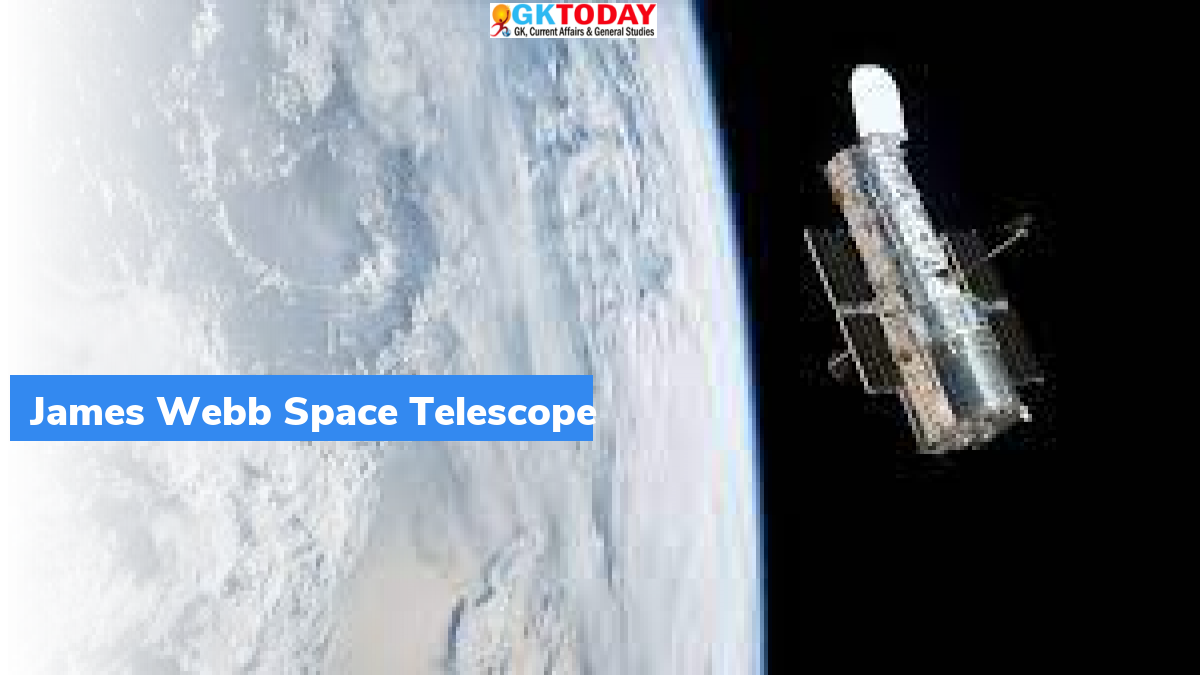James Webb Space Telescope-Key Facts
The James Webb Space Telescope succeeded the Hubble Space Telescope. It was jointly built by NASA, European Space Agency and Canadian Space Agency. It uses infrared light to make observations.
About James Webb Space Telescope
It was at first called the “Next Generation Space Telescope”. It was renamed in 2002. James Webb was a former NASA administrator. He played a major role in the Apollo programme of NASA. It has a large sized 6.5 metre mirror.
Objectives
The telescope is to be used to look deep into the cosmos. It will capture light from the very first star population. That is, the telescope will study stars that were formed 13.5 billion years ago.
Key Facts
- Location: 1.5 million kilometres away from the earth
- No of mirror segments: 18
- Mirror material: Gold plated beryllium
- Rocket used: Ariane 5
- Power: 2 KW
- Mass: Around 6,000 kg
- Mission duration: 20 years
Physical Features
The main telescope used is Korsch telescope. The transponders in the James Webb Telescope use S – band for tracking. S – band is a part of the microwave band. It covers frequencies between 2 GHz and 4 GHz. Usually the S – band is used for communication between NASA and International Space Station. Also, S – band is used for airport surveillance, for weather monitoring, air traffic control.
Orbit of the telescope
Halo Orbit. The halo orbit is an orbit near one of the Lagrange points. The Halo orbits exist only in three body system. For instance, in sun, earth and moon.
Ground Station of the Telescope
The Space Telescope Science Institute located in Baltimore, Maryland operates as the Science and Operation Centre of the James Webb Space Telescope.
Observations
The James Webb Telescope will observe redshift of the oldest and the most distant objects. It will also hunt for potentially habitable exoplanets.
Month: Current Affairs - January, 2022
Category: Science & Technology Current Affairs


